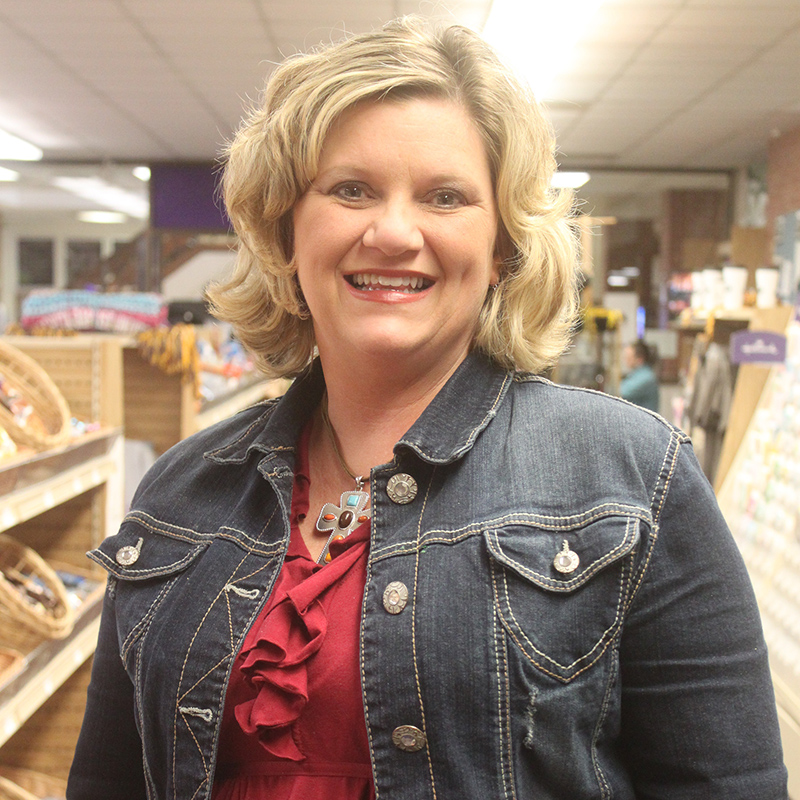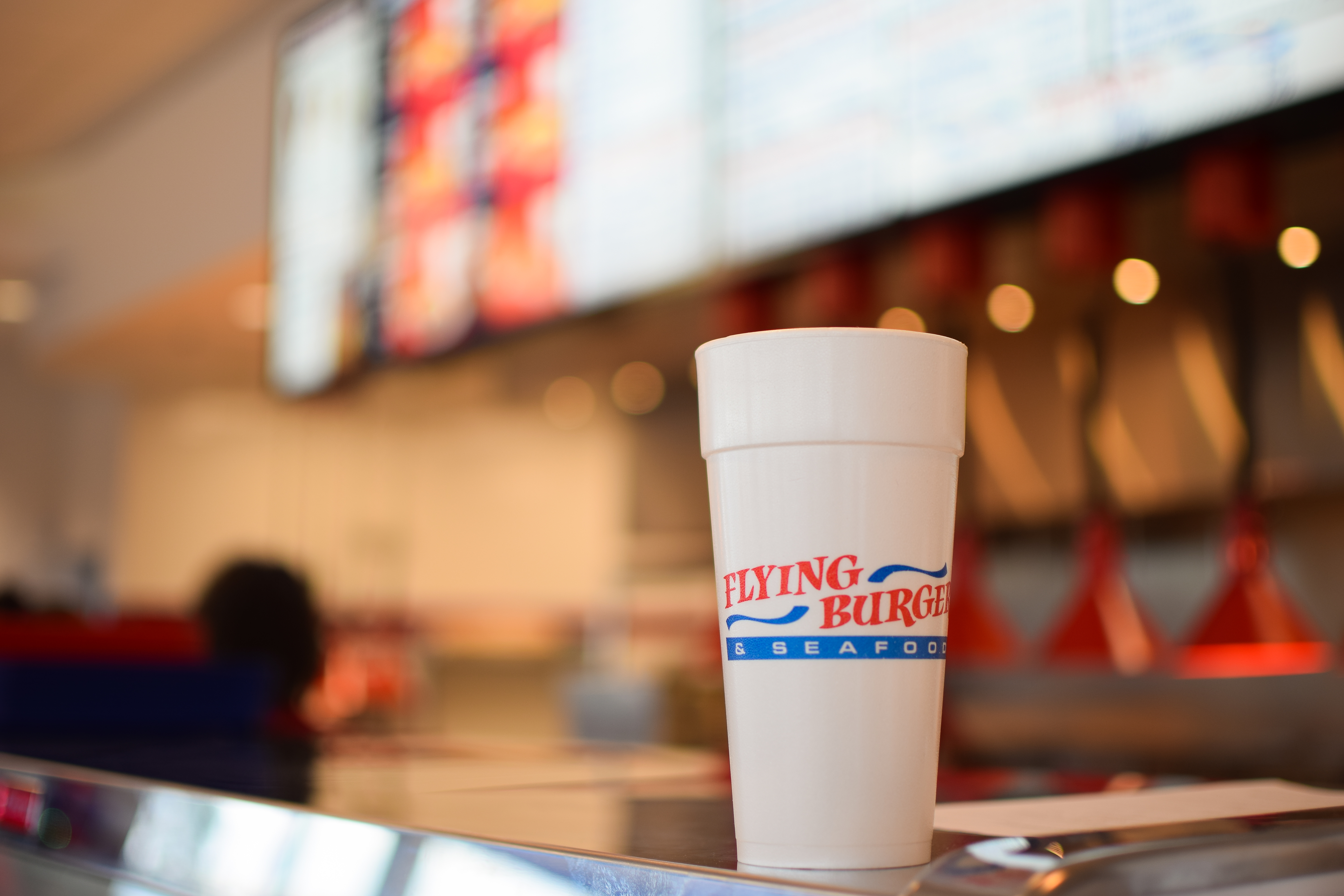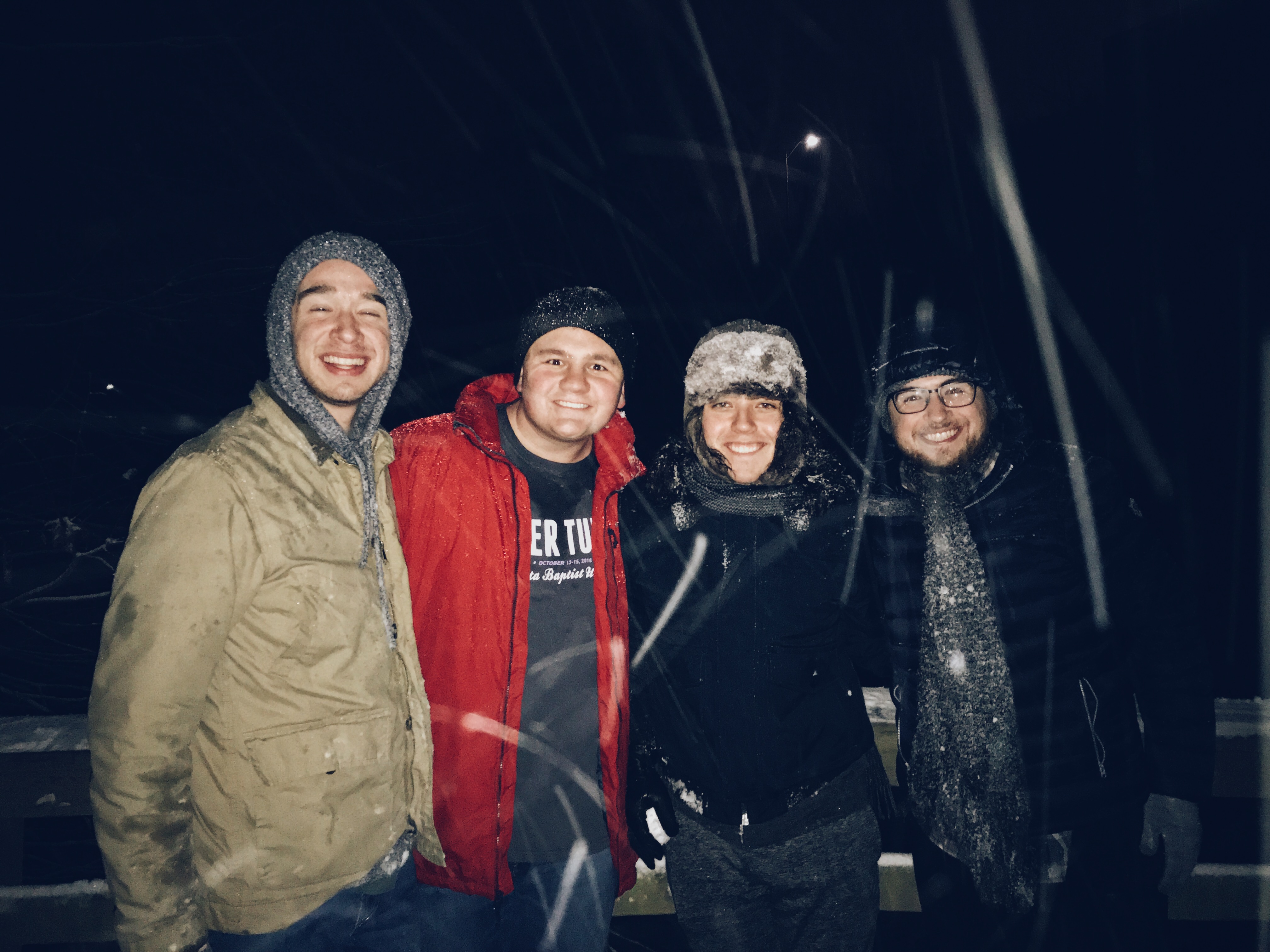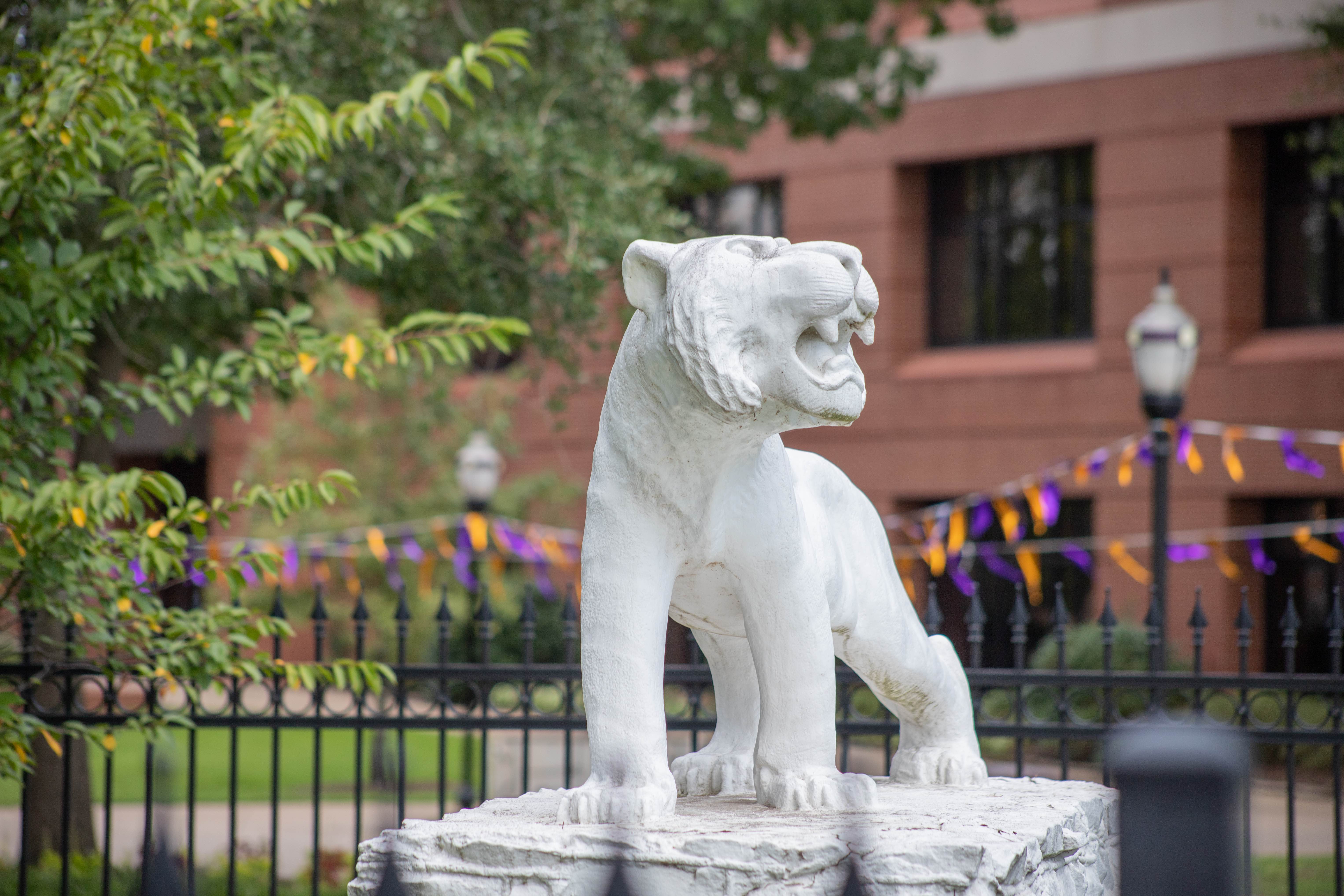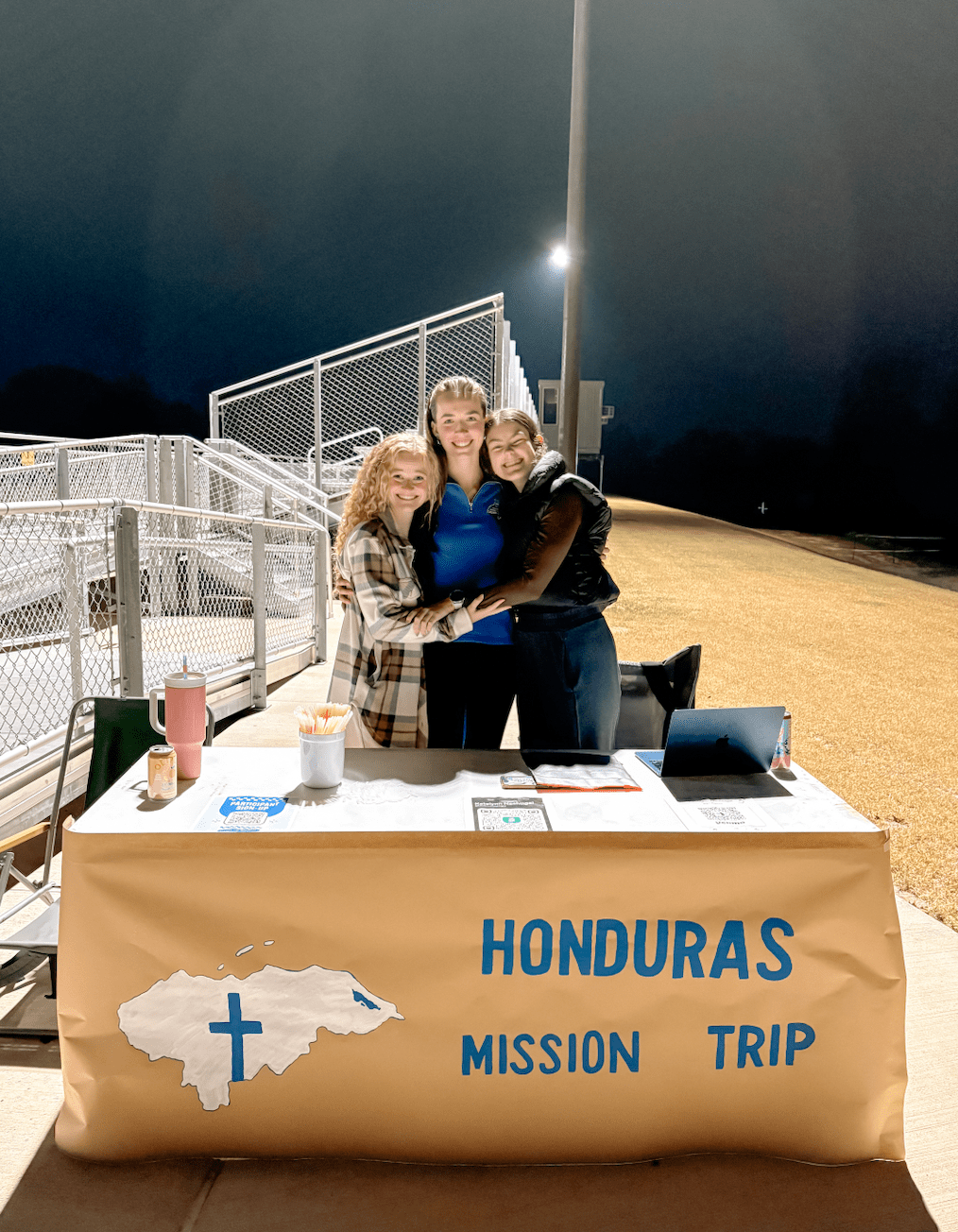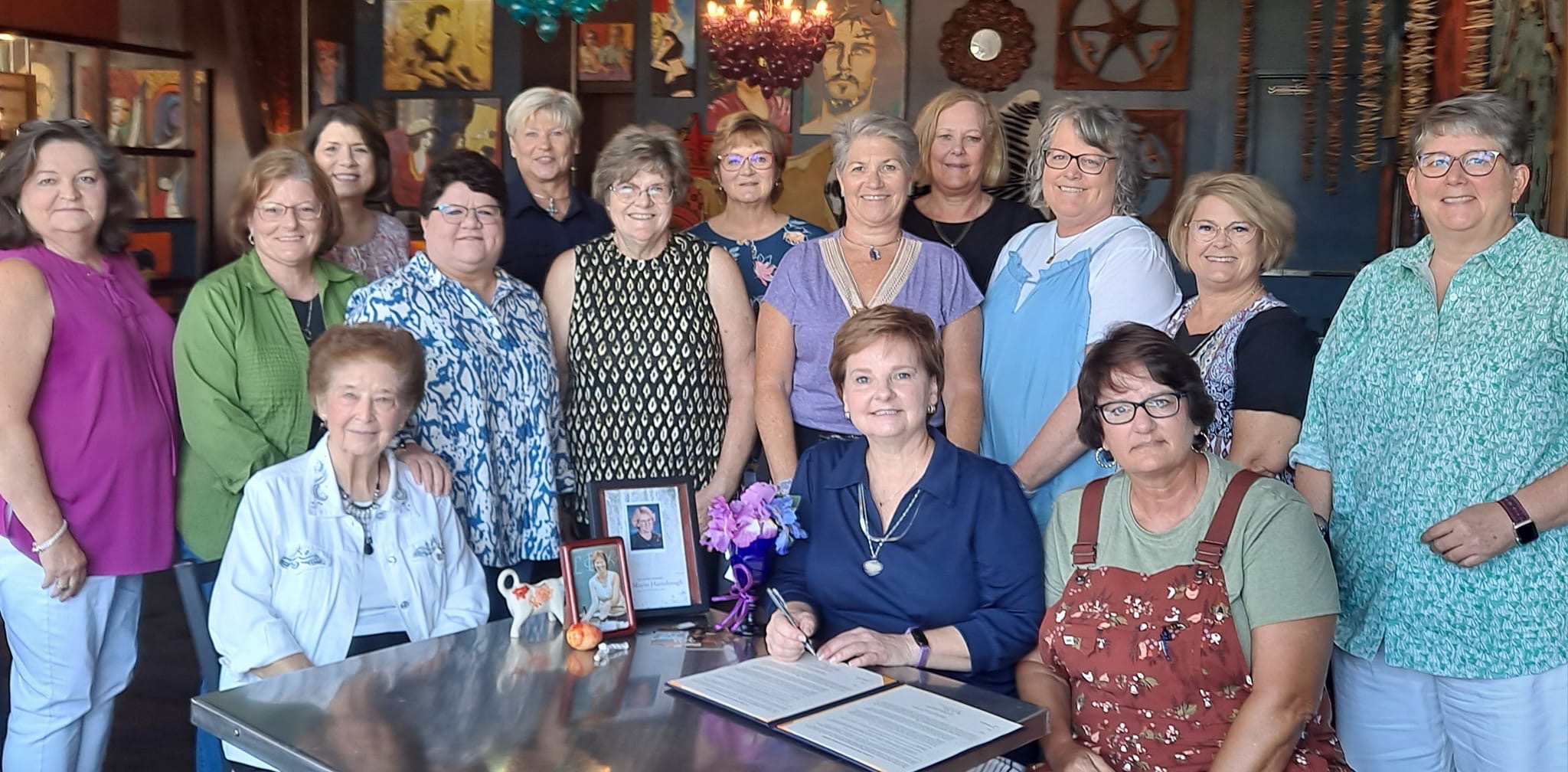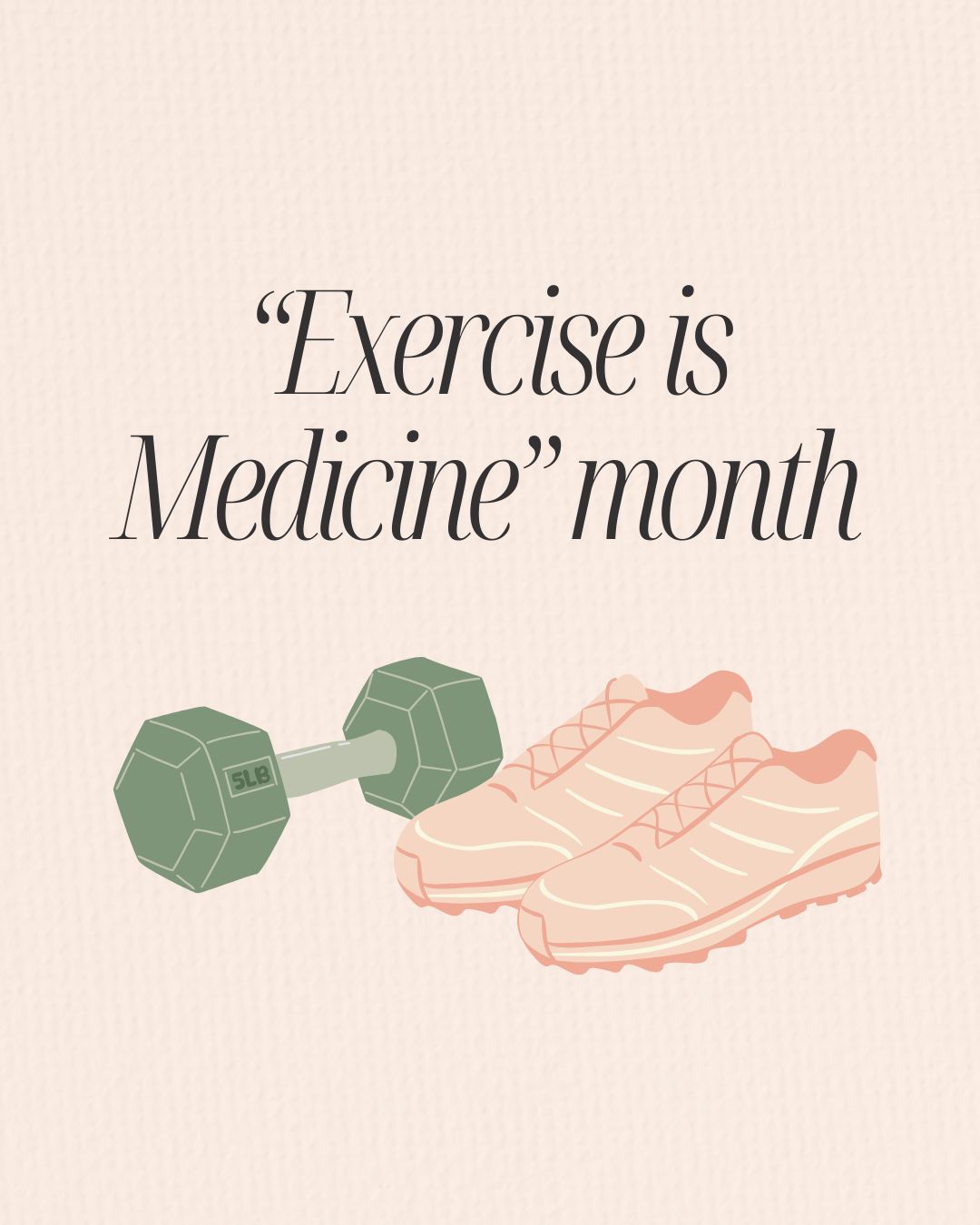“Cancer is the best thing that ever happened to me.”
That isn’t the reaction most people expect from a two-time cancer survivor. But Beverly Dickerson wouldn’t trade her experience for anything.
Dickerson, assistant manager of the Ouachita Store, was diagnosed with breast cancer in 2005 and again in 2010. The first time, she underwent six months of chemotherapy, followed by 42 days of radiation therapy. The second time, she underwent six more months of chemotherapy.
As of two weeks ago, she is cancer-free.
“In 2005, I had a sore spot that I went to the doctor about,” she said. “He thought it was linked to my large intake of caffeine, so I stopped drinking caffeine.”
Dickerson said the pain level decreased some, but the spot kept growing larger, until it was large enough to be seen from outside her body in September.
“It began to turn black and blue, so I knew I had an issue,” she said. “So I went back to the doctor, and he said, ‘You need to go see a surgeon immediately.’”
Still, radiologists believed it was simply a fluid-filled mass, and began to drain it. It was only when surgeons went in to clean up the area that they discovered the mass was actually a cancerous lump.
“When I woke up, they said it was breast cancer,” she said. “That was a Friday. The following Monday, I went back and found out they thought it was a stage four — and there are only five stages.”
After being diagnosed, Dickerson did what many other newly-diagnosed cancer paitents to: research. She said she had seven pages of notes to go over with her doctor by the time she started chemotherapy. But it was the other thing she did during this time that is very unexpected of someone who is about to undergo chemotherapy.
“I hiked a lot at that time in my life,” she said, “so I hiked Pinnacle Mountain. I think I did it to show everybody that I could. I did it halfway thinking, This could be the last time I get to do this for a long time, and the other half trying to kind of thumb my nose at cancer.”
This hike was within a week of having a lumpectomy, a hysterectomy and having her port put in — the normal recovery time of a hysterectomy alone is six weeks.
“From that point on, I had chemo on Thursday, I worked on Friday and every weekend I would hike Saturday and Sunday,” she said.
However, Dickerson developed rheumatoid arthritis during the treatment process, so her hiking passion would slowly come to an end.
Dickerson said the chemotherapy process begins with the insertion of a port into the chest. Because the drugs used are poision, they must be inserted through the port rather than an IV line to avoid damaging the smaller veins in the arm.
“Then you go and get your blood work,” she said. “We call it your counts. So if your white blood cells are high enough and your red blood cells are high enough, you can get chemo that day.”
Chemotherapy works by attacking fast-growing cells in the body, which includes cancer cells. However, red and white blood cells are also fast growing, and must be at a certain level to ensure that they won’t be depleted, causing death. If the blood cell counts were too low, drugs would be administered to bring them back up.
“There was an experimental drug called Neulasta, and only a few patients got it,” Dickerson said. “It was very expensive, and the drug company that made Neulasta paid for my shots. It was a $7,000 shot, and I only had to pay $20 every time.”
Once blood work confirmed that your blood cell counts were high enough, Dickerson said she would “go back into this big room and sit in recliners.
“They’ve already accessed your port, so they leave an IV line out,” she said. “I got a bag of Benadryl because I was actually slightly allergic to my chemo, but it was the best one for me so I took it anyway. And then you get a bag of steriods, and then you start getting your chemo.”
Reaction to the chemotherapy and the time required to administer it varies from patient to patient. Some patients sleep through the entire process and only wake up to throw up and have to remain in the hospital for extended amounts of time, but Dickerson said she was lucky enough that her routine wasn’t greatly affected.
“For most people, the day after chemo isn’t so bad; it is two days after,” she said. “So on Fridays, I didn’t feel too bad and I went in to work. Saturday and Sunday, I didn’t feel too good.”
Dickerson said when she lost her hair, she preferred to wear scarves rather than wigs. But she said her kids had another idea.
“They didn’t mind if I didn’t wear my wig during the week, but on Sundays, they said I had to wear my wig to church,” she said. “They said I had to wear hair to church.”
Dickerson’s oldest daughter Brittney is a senior history major here. Her son Christopher graduates from Arkadelphia High School this year and her youngest daughter Katy is 14.
Katy remembers the day her mom broke the news of her second diagnosis.
“She sat us down and said, ‘The scans came in and I found out that I have cancer again,’” Katy said. “The first thing that came to my mind was, ‘How are we going to get through this again?’”
Beverly also remembers her second diagnosis. She said it was Christian Focus Week at Ouachita, and a guest artist named Lindsay McCaul had come to campus to perform a concert.
“She sang a song called ‘Take My Hand,’ and it’s about Peter being on the water and getting scared and grabbing for Jesus’ hand,” she said. “That song resonated with me so much, because that’s how I felt.”
Beverly said she bought McCaul’s CD and listened to it “over and over again.”
“Then the next day, on the day of my biopsy, I had read ‘Jesus Calling’ that morning, and the verse was about God holding our hand,” she said. “It says, ‘Whenever you start to feel afraid, I am holding your right hand.’”
She said while she was waiting at the doctor’s office, she began to pray that God would hold her hand through the biopsy process.
“So I had the verse in Arkadelphia, I had just prayed before I went in and I had this Lindsay McCaul song ‘Take My Hand,’ so we have a theme going,” she said. “So I go into the room to have my biopsy and I’m laying on the table and the doctor says, ‘You’re going to feel a little prick,’ and the nurse reaches over and grabs my hand.
“I tell people from that moment on, that was Him clearly telling me, ‘I’m going to hold your hand. You’re going to be okay.’ I asked Him to hold my hand, and He sent somebody to hold my hand.”
Beverly said the whole process brought not only her, but her whole family closer to each other and to God.
“To be a Christian is to be Christ-like,” she said. “Christ’s entire life was suffering — suffering and service. So all of us have to have something to suffer through to build our faith.”
She said the hardest part was worrying about her kids.
“I’m a single mom; I worried about them,” she said. “I didn’t want to leave my babies until they were grown and established. But through that process, I think we figured out that we were going to be okay.
“What’s the worst thing that can happen? I die and go see Jesus. That’s the worst scenario — going to heaven. It doesn’t sound too bad.”


Beverly Dickerson
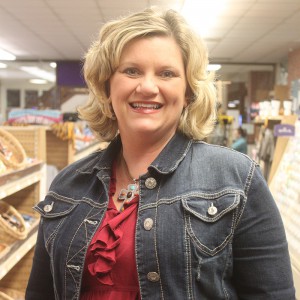
- Birthday: Aug. 1, 1970
- Home: Arkadelphia, Ark.
- Favorite Color: Pink
- Favorite Food: Mexican
- Favorite Music: Contemporary Christian
- Biggest Influence: Jesus. It sounds corny, but it’s true
- As a child, I wanted to: Be a lawyer
- Something I hope to accomplish: Become a CASA, which is a court-appointed advocate for foster kids
- If I had to choose another job, I would: Do social work
- This year, I am most looking forward to: Becoming a CASA
What’s the worst thing that can happen? I die and go see Jesus. That’s the worst scenario — going to heaven. It doesn’t sound too bad.”
— Beverly Dickerson

